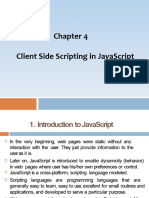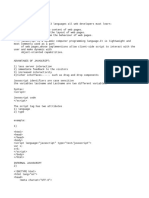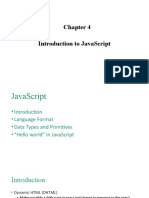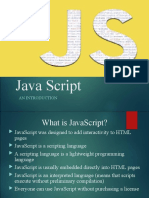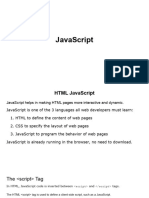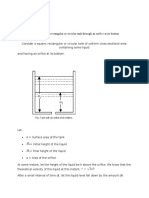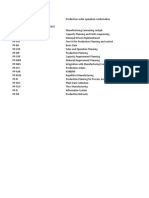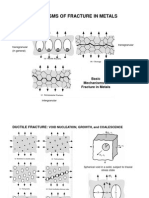0% found this document useful (0 votes)
40 views10 pagesBasic Program Using Javascripit For Practice
The document discusses JavaScript and DHTML. It explains that DHTML uses HTML, CSS and JavaScript together to create interactive web applications. It then provides details on the basic syntax of JavaScript, different variables, strings, functions, and popup boxes like alert, confirm and prompt.
Uploaded by
dhamip333Copyright
© © All Rights Reserved
We take content rights seriously. If you suspect this is your content, claim it here.
Available Formats
Download as DOCX, PDF, TXT or read online on Scribd
0% found this document useful (0 votes)
40 views10 pagesBasic Program Using Javascripit For Practice
The document discusses JavaScript and DHTML. It explains that DHTML uses HTML, CSS and JavaScript together to create interactive web applications. It then provides details on the basic syntax of JavaScript, different variables, strings, functions, and popup boxes like alert, confirm and prompt.
Uploaded by
dhamip333Copyright
© © All Rights Reserved
We take content rights seriously. If you suspect this is your content, claim it here.
Available Formats
Download as DOCX, PDF, TXT or read online on Scribd
/ 10



